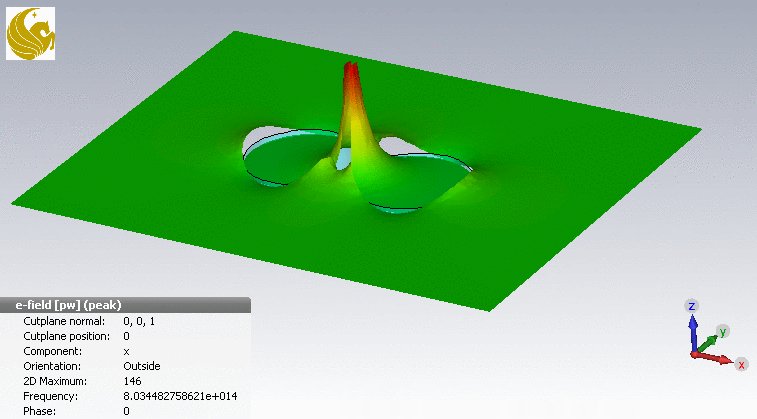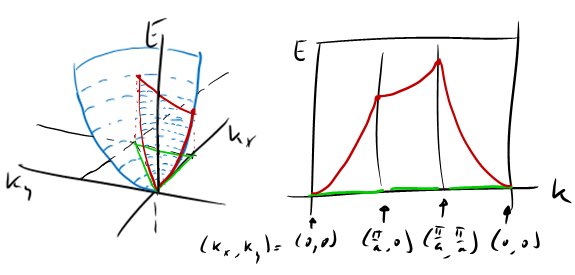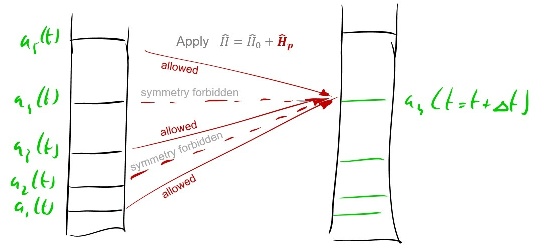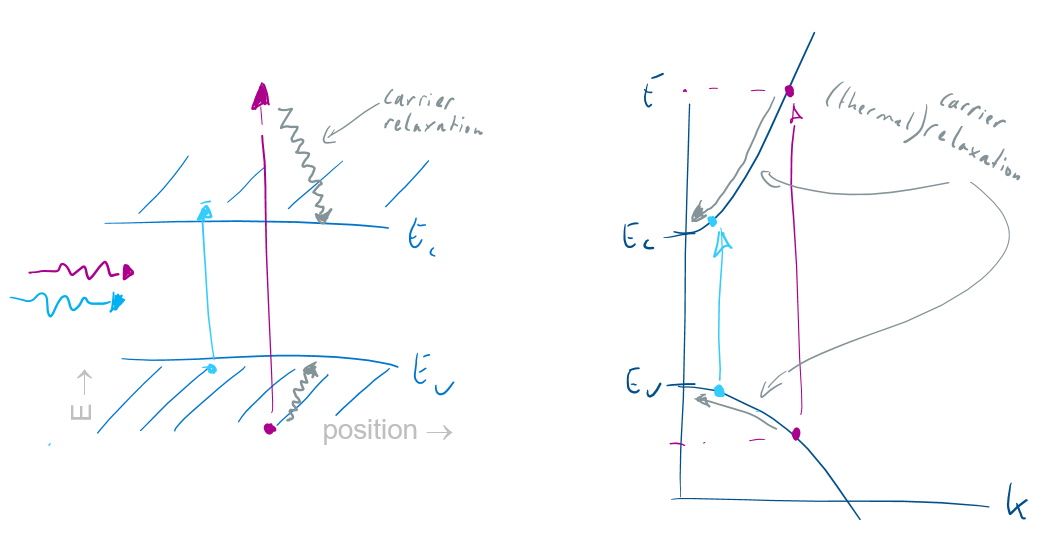| > Kik Group | College of Optics and Photonics | UCF |
|
Courses The following classes are periodically taught by Prof. Kik. For a list of upcoming courses and their instructors, see the online course schedule. For general information about the current semester, see the online academic calendar and the exam schedule. OSE6650 Optical Properties of Nanostructured Materials This class deals with topics in the general area of nanophotonics. Optical structures that are smaller than ~100 nanometer start to exhibit unexpected properties. Nanoscale dielectric structures can be used to define surfaces with engineered optical response known as metasurfaces, enabling new optical elements such as metasurface lenses. Metal nanostructures show size dependent light scattering and optical absorption due to collective electron oscillations known as surface plasmons that can be used to make nanoscale optical antennas the localize optical fields more strongly beyond the diffraction limit, and that enable interaction with few molecules, enabling ultrasensitive biodetection. In this course we will cover the fundamentals of metasurfaces and surface plasmons, and discuss practical applications of nanophotonics. For more information including last year's powerpoint presentations, see the Course Materials section.  Electric field distribution around a plasmon resonant silver dimer, simulated by an OSE6650 participant for his final project. View animated version. OSE5312 Light Matter Interaction This course discusses the interaction of light with matter. The course covers a wide variety of topics, including the origin of refractive index, absorption, stimulated emission, Kramers-Kronig relations, photon-phonon interactions, Raman scattering, nonlinear optics, as well as an brief introduction to quantum mechanics. For a detailed course description including powerpoint presentations, see the Course Materials section. For a detailed course overview, download the complete course notes. 
Sketch to demonstrate how 2D band structure relates to the standard 'foldout' representation. OSE6349 Applied Quantum Mechanics for Optics and Engineering This course covers quantum mechanics with the goal of gaining a deeper understanding of the optical response of natural and engineered quantum systems. Example quantum systems that are covered include atoms, quantum wells, and crystals. We discuss various methods for evaluating the effect of static and optical frequency electric fields on these quantum systems. This leads to expressions for excitation rate (Fermi's Golden Rule), linear susceptibility, as well as second and third order susceptibility. For a detailed course description including powerpoint presentations, see the Course Materials section. 
Sketch to illustrate possible optical (de)excitation paths to the fourth level of a quantum well OSE5414 Fundamentals of Optoelectronic Devices This graduate course covers the basics of semiconductor photonics. The concept of band structure is briefly introduced, which leads to the notion of free and bound electrons. We will see that by adding impurities (different atoms) to semiconducors we can introduce two types of charge carriers: free electrons or free holes ('missing electrons'). We will introduce the concept of p-n junctions and heterojunctions, their built-in electric fields, their response to applied electric fields, and their effect on excess charges. We will discuss optical absorption and radiative carrier recombination, and these concepts will be used to explain the operation of solar cells, light-emitting diodes (LEDs), diode lasers, optical modulators, and various types of photodetectors, including the avalanche photodiode and the PIN photodiode. For a detailed course description including powerpoint presentations, see the Course Materials section.  Two representations of optical absorption of low and high energy photons, followed by thermal relaxation. OSE5115 Interference, Diffraction, and Coherence This graduate course covers the basic concept of superposition of waves, including the formation of interference patterns from overlapping laser beams, the importance of mutual coherence of beams in interference experiments, and measurement techniques including various types of interferometers. In the second part of the course, diffraction effects are discussed, describing the intrinsic spread of a beam after passing through a small aperture, including the Fraunhofer and Fresnel diffraction regimes. Related effects such as laser beam divergence and image resolution are discussed. For a detailed course description including powerpoint presentations, see the Course Materials section.  Geometry of a Fabry-Perot interferometer, and the corresponding interference pattern. OSE5041 Introduction to Wave Optics This course is intended for the first-year master students and advanced senior undergraduate students who would like to learn the basic properties of light, electromagnetic theory, the propagation of light, such as scattering, refraction and reflection, geometrical optics including image formation, polarization, interference, and diffraction. To illustrate the useful applications, the optical systems of virtual reality and augmented reality will be discussed.  Example of interference by two plane waves, showing the individual waves, a snapshot of the interference pattern, and the irradiance distribution. OSE3052 Introduction to Photonics This undergraduate course introduces several important concepts of Optics and Photonics. We discuss the basics of geometric optics, which covers the area of optics in which light can be considered as rays. This including imaging with multiple lenses and mirrors (microscopes, transmissive and reflecting telescopes). We then discuss the wave nature of light, which leads us to the area of physical optics. We discuss interference, coherence, diffraction, and cover various technologies including fiber optics and lasers. |
